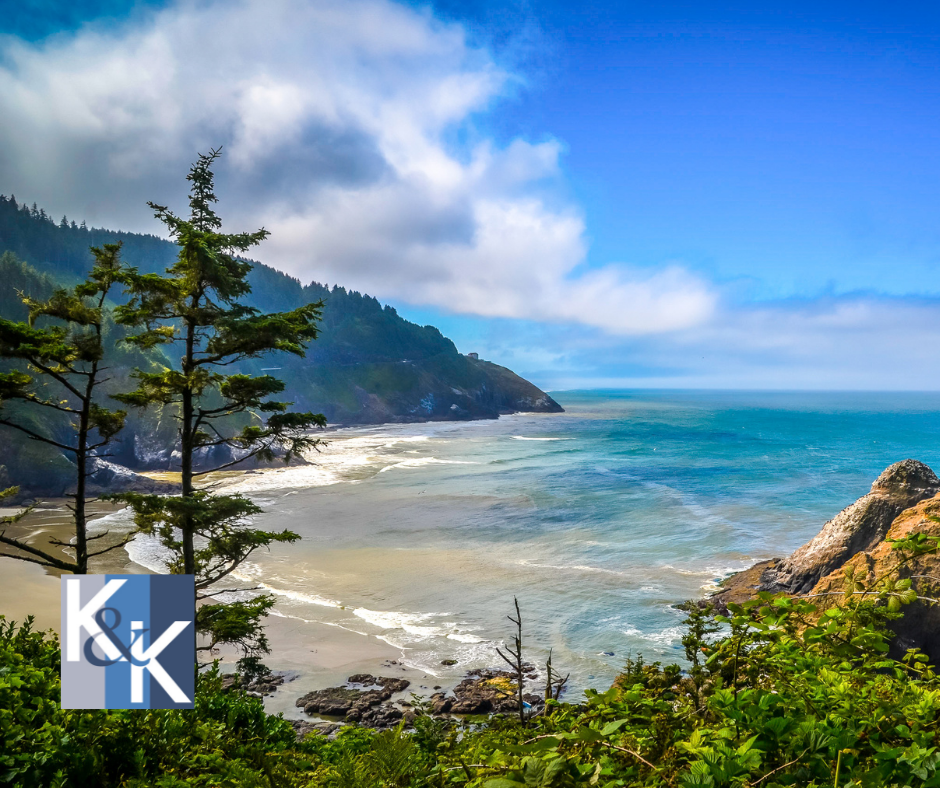
California wildfires and their destruction have grabbed headlines for a decade. But wildfires are not limited to California. As Pacific Northwest residents know all too well, fires have been devastating the north as well. Thousands of Oregon homes are lost to wildfires each year.
The 2022 fire season is expected to be the worst on record for Oregon, with 15 counties declared as drought regions, a rarity this early in the season.
The Oregon legislature is facing the same issues that California has encountered over the past decade. Like California, it recently passed a bill, House Bill 3272, to manage the realities of rebuilding after a wildfire. It forces insurance companies to extend the 12-month limit on rebuilding to 24 months automatically, with an insured having the option of requesting two additional six-month extensions if there are labor or materials shortages.
It also extends the amount of time that an insured can access Additional Living Expenses (ALE) from 12 months to 24 months, regardless of the time listed in the policy – though this does not increase any total dollar cap in the policy. The bill also allows homeowners in Oregon to combine coverage for outbuildings in the construction of the main home and gives them the option of buying in a new location without losing part of their insurance money.
HB 3272 also allows insureds to ask for an estimate of their replacement coverage each year when their policy renews. Insureds should take advantage of this every year to sit down with their agent and discuss any changes that have been made to the property, as well as any changes in the construction industry that could result in higher costs. Insureds should obtain guaranteed replacement cost coverage if possible, which means that no matter how much it costs to rebuild, you are covered for it.
If you are not eligible for guaranteed replacement cost – which is getting harder to obtain in Oregon as thousands of homes are destroyed by fires each year – you can still get extended replacement coverage and inflation guard coverage.
The insurance lobby itself estimates that fully 60% of homes nationwide are underinsured in the event of a disaster.
This percentage increases dramatically in wildfire areas, where the costs of construction are skyrocketing. And these areas are not limited to the drier eastern parts of Oregon. The destruction of Otis, OR on the Oregon coast brought home the new reality that the coastal rainforests are not immune from wildfire.
If you live in Oregon and own a home (including a manufactured home!) you should take the following steps before fire season begins:
- Research the cost of rebuilding in your area. It has likely increased.
- Look at your policy. Do you have guaranteed replacement coverage? Can you get it?
- If you cannot get guaranteed replacement coverage, do you have extended replacement coverage and inflation guard?
- Do you have an older home? The cost of code upgrades can be 50% of the cost to rebuild, but most policies only allocate 10% of the cost to such upgrades.
- Do you have a dollar limit on your ALE coverage? Is it enough to cover up to 3 years of rent in your area?
- Do you own land, and do you have enough coverage to comply with the erosion ordinances in place for most counties after a fire?
- Do you own a mobile home or manufactured home, and do you know that you can get homeowners insurance on it?
If you live in a western state, the time when you could get an insurance policy and forget about it has passed. Protect yourself by reviewing these questions now, so you are prepared if disaster strikes. Kantor & Kantor, LLP, can help you through the entire process, including filing your initial claim, drafting an appeal, and, if necessary, taking on your insurance provider at trial.

